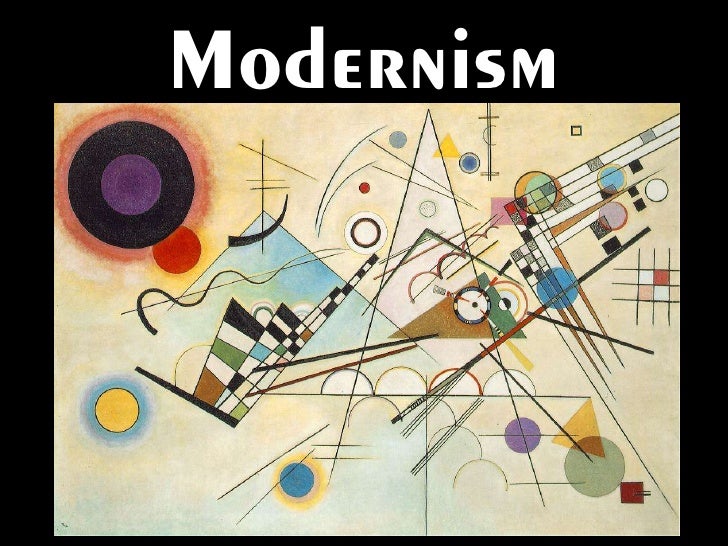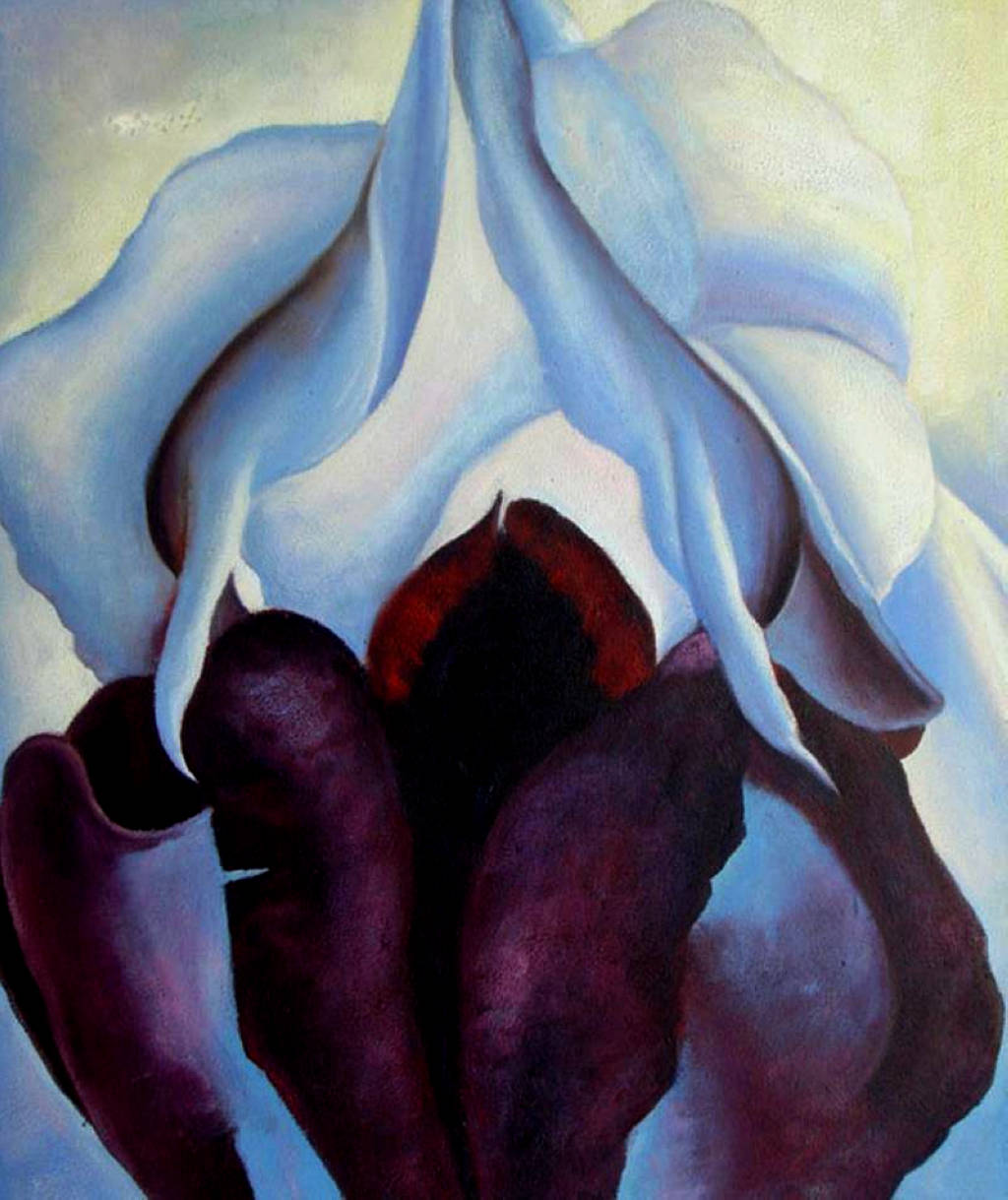 |
Dada artist. German born, Hanna Hoch was among the first artists to work in photomontage, after World War I. “Cut with the Kitchen Knife Dada Through the Last Weimar Beer-Belly Cultural Epoch in Germany" is a prime example of such works.
At the end of World War I Germany was left in a state of political unrest. The longstanding Weimar government had been replaced by communist and left wing party, the 'Spartasists.' During this transitional period, Hoch used this form of modernism to reflect her own opinions on political and social matters in such a time of chaos, particularly the very apparent differences in gender equality in the once male-dominated Weimer republic. Hoch uses vivid descriptives to name her piece, shown below. The terms 'kitchen knife' and 'beer belly' have been purposefully picked to illustrate this patriarchy.
Hannah Hoch on her Male Colleagues:
"They all desired this 'new woman' and her groundbreaking will to freedom. But they more or less brutally rejected the notion that they, too, had to adopt new attitudes. It was not very easy for a woman to impose herself as a modern artist in Germany...most of our male colleagues continued for a longtime to look upon us as charming and gifted amateurs, denying us implicitly any real professional status."
(The Guerrilla Girls' Bedside Companion to the History of Western Art, 67)
By carefully selecting only particular paper clippings from newspapers, magazines,
advertisements and journals Hoch arranged them in such way that allowed her to portray her critical examinations towards her personal defiance to the male-dominated societys' views of womens oppression.
Hannah Hoch - 'Cut with the Kitchen Knife'
O'Keeffe was another key artist in the modernism art movement and one which became widely successful. Her notoriety rose as one of Stieglitz's protégée during the feminist movement. Stieglitz was quoted shortly after her works were displayed at his 1923 gallery exhibition. "Women can only create babies, say the scientists, but I say they can produce art - and Georgia O'Keeffe is the proof of it."
(Whitney Chadwick, WOMEN, ART, AND SOCIETY, fourth edition, 306)
Post World War I there was a rapid decline in birth rates, much to the dismay women were confronted by a barrage of literature urging them to stay at home where, as mothers and homemakers, they became the perfect marketing targets for a new peacetime economy based on household consumption.
Popular depictions of O'Keeffe featured predominantly New York skyscrapers as well as single flowers. These works are were intensely personal statements expressed in the reductive language of early Modernism. As she rose to fame as an artist of great promise attitudes towards women became progressively more liberal in nature.
Despite being seemingly mundane objects and of which O'Keeffe detested, especially when it came to flowers "I hate flowers - I paint them because they're cheaper than models and they don't move!" she painted them because they were a perfect abstraction of the female libido in her art.
"When a guy shows his libido in his art, its usually thought of as a noble gift to the world that is really about larger philosophical and aesthetic ideas. When a women shows hers, she's a sex-obsessed nymphomaniac.
(The Guerrilla Girls' Bedside Companion to the History of Western Art, 74)
Georgia O'Keeffe - 'Black Iris'
During the 1920's much of O'Keeffe's work turned to painting the skyscrapers of New York. These archetypical feats of the cityscape became an object of art work for many artists and photographers symbolizing economical growth and commercialism.
Georgia O'Keeffe - 'The American Radiator Building'
Sonia Delaunay, although equally an abstract artist, she varied quite significantly from artists such as Georgia O'Keeffe. Her work focused mainly on blocking colors and using bold, sharp lines and shapes to create various geometric patterns. As a result her work was favored for use on other popular mediums. Such examples included transferring her work to fabric, clothing, furniture, environments, cars, rugs & tapestries as well as costumes and sets for operas, giving the French economy a welcome boost.
By 1923 her most popular textile designs were commercially produced and widely seen as 'avant-garde.' This concept transformed the relationship between the bodies form and modern life by acts of unique individuals challenging unique ideologies to use images of the body as symbols for other kinds of social meanings. Delaunay reinvented the idea of covering the body to use of the body as a fluid screen capable of reflecting and undergoing redefinition and transformation, giving light to personal expression.
"The Dress of today is the Industrial Dress. Fashion, which used to be the psychological reflection of everyday life, of customs and aesthetic taste, is now being replaced for a form of dress design for use in various forms of labor, for a particular activity in society."
(Popova's 1923 Essay)
Sonia Delaunay - 'Rythme'
http://hyperallergic.tumblr.com/post/4369997573/hannah-hoch-cut-with-the-kitchen-knife-through
http://www.museum-reproductions.com/cgi-bin/modern.pl?fid=1027464335&cgifunction=form
http://www.wikiart.org/en/georgia-o-keeffe/radiator-building
https://en.wikipedia.org/wiki/File:Sonia_Delaunay,_Rythme,_1938.jpg
Whitney Chadwick, WOMEN, ART, AND SOCIETY, Fourth Edition
The Guerrilla Girls' Bedside Companion to the History of Western Art, By The Guerrilla Girls




No comments:
Post a Comment